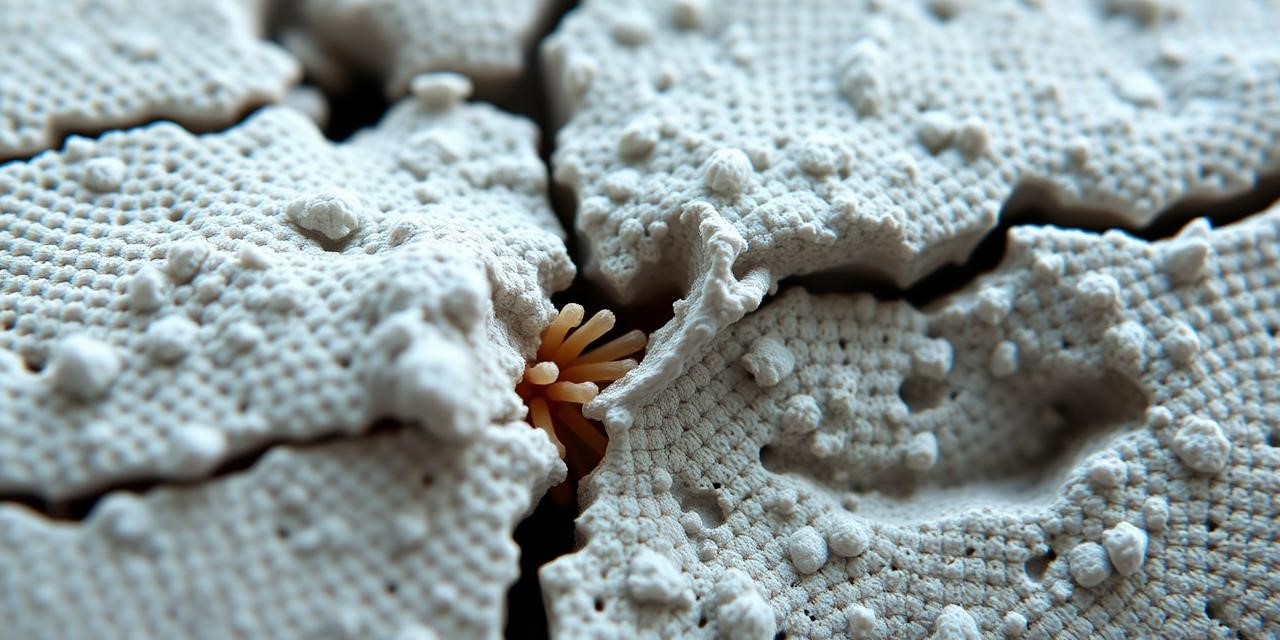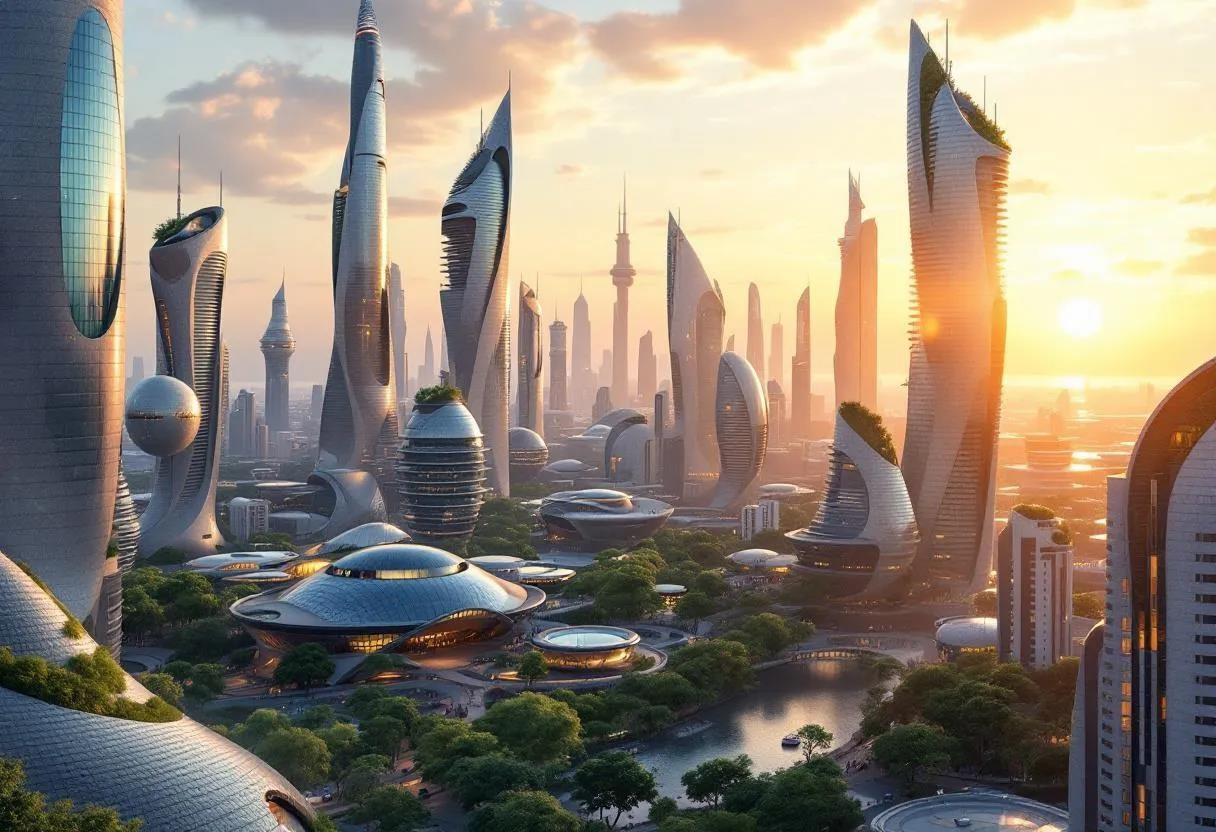Architecture is changing fast. We’re not just making pretty buildings anymore. We’re building for a future where sustainability, durability, and human needs are front and center. And what’s driving this change? Material innovation.
As architects, we’re always searching for the next big thing – materials that can help us shrink our environmental footprint and boost building performance. So, let’s explore some of the most exciting materials that are reshaping how we build.
Self-Healing Concrete: Building for the Long Haul
Imagine concrete that can fix itself. Sounds like science fiction, right? But it’s becoming a reality with self-healing concrete.
How does it work? By embedding bacteria or special healing agents into the concrete mix. When cracks appear, these agents spring into action, sealing the fissures. This means fewer repairs, less water damage, and longer-lasting structures. Think bridges, tunnels, and buildings that stand the test of time, even in the toughest conditions.

Mycelium: Growing Buildings, Naturally
Forget traditional materials! Fungi might just be the future of construction. Mycelium, the root structure of mushrooms, is emerging as a surprisingly strong and eco-friendly building material.
It’s renewable, biodegradable, and incredibly versatile. The process? Simple. Grow mycelium on agricultural waste like straw or sawdust. The result is a dense, lightweight composite that can be molded into different shapes. Use it for insulation, acoustic panels, or even structural components.
The best part? It’s incredibly sustainable. Mycelium construction slashes waste, captures carbon, and avoids the energy-intensive processes of traditional building materials. We’re already seeing mycelium houses and temporary structures pop up, proving its potential.
Hempcrete: Breathing New Life into Construction
Hempcrete, a mix of hemp fibers, lime, and water, is a rising star in sustainable building. It’s lightweight, breathable, and provides excellent insulation.
But here’s the kicker: it actually absorbs carbon dioxide from the atmosphere, making it a carbon-negative material. Hempcrete walls regulate humidity, creating healthier and more comfortable indoor spaces. Plus, they’re fire-resistant and pest-resistant, adding to their durability.
While it might not be suitable for the load-bearing structures of skyscrapers, hempcrete is perfect for homes and infill panels. I’m especially impressed with its use in passive house designs.
Smart Glass: Windows That Adapt
Imagine windows that automatically tint based on sunlight, reducing glare and heat. That’s the magic of smart glass.
These advanced systems use electrochromic or thermochromic tech to control light and heat. This reduces the need for artificial lighting and AC, saving energy and improving comfort. Smart glass can also be integrated with building management systems for automated control.
From skyscrapers to homes, smart glass is changing how we design and experience buildings.
Recycled & Upcycled Materials: Closing the Loop
The construction industry generates tons of waste. But we can change that by embracing recycled and upcycled materials.
Think reclaimed wood, recycled steel, and plastic bottles transformed into building blocks. The possibilities are endless. Using these materials reduces landfill waste, conserves resources, and lowers the environmental impact of our buildings.
Architects are finding creative ways to weave these materials into their designs, adding character and telling a story of sustainability. We’re seeing amazing buildings made from shipping containers, repurposed tires, and even recycled denim insulation. It’s all about seeing waste as a valuable resource.
Bioplastics: A Greener Kind of Plastic
Traditional plastics pollute, but bioplastics offer a more sustainable alternative.
Made from renewable resources like corn starch or sugarcane, bioplastics are biodegradable and compostable. While they may not be suitable for all structural uses, they’re great for interior design, furniture, and non-structural parts.
We’re seeing bioplastics used in wall panels, flooring, lighting, and decorative elements. As the tech gets better, expect bioplastics to play a bigger role in creating healthier, greener spaces.
Hydro Ceramics: Cooling with Porosity
In hot, dry places, keeping buildings cool is tough. Hydro ceramics offer a solution through evaporative cooling.
These porous ceramics absorb water and release it slowly, cooling the air. Use them in facades, roofs, or even interior walls to cut down on AC use. Hydro ceramics are especially effective in low-humidity areas, offering a natural way to regulate indoor temperatures. It’s like copying nature’s own cooling tricks.
Pollution-Absorbing Bricks: Cleaning the Air, Brick by Brick
Urban air pollution is a major problem. But what if our buildings could help clean the air?
Pollution-absorbing bricks, coated with a photocatalytic material, do just that. When sunlight hits them, they break down pollutants like nitrogen oxides (NOx) into harmless substances. By using these bricks in building facades, we can create healthier cities and improve air quality. It’s a simple way to fight pollution and build more sustainable urban environments.
What’s Next? The Future of Materials
These materials are just a taste of what’s happening in architectural material innovation. As tech advances and our understanding of sustainability deepens, expect even more breakthroughs.
From 3D-printed buildings made from recycled materials to self-assembling structures inspired by nature, the possibilities are endless. As architects, it’s our job to embrace these innovations and build a better future, one material at a time.


